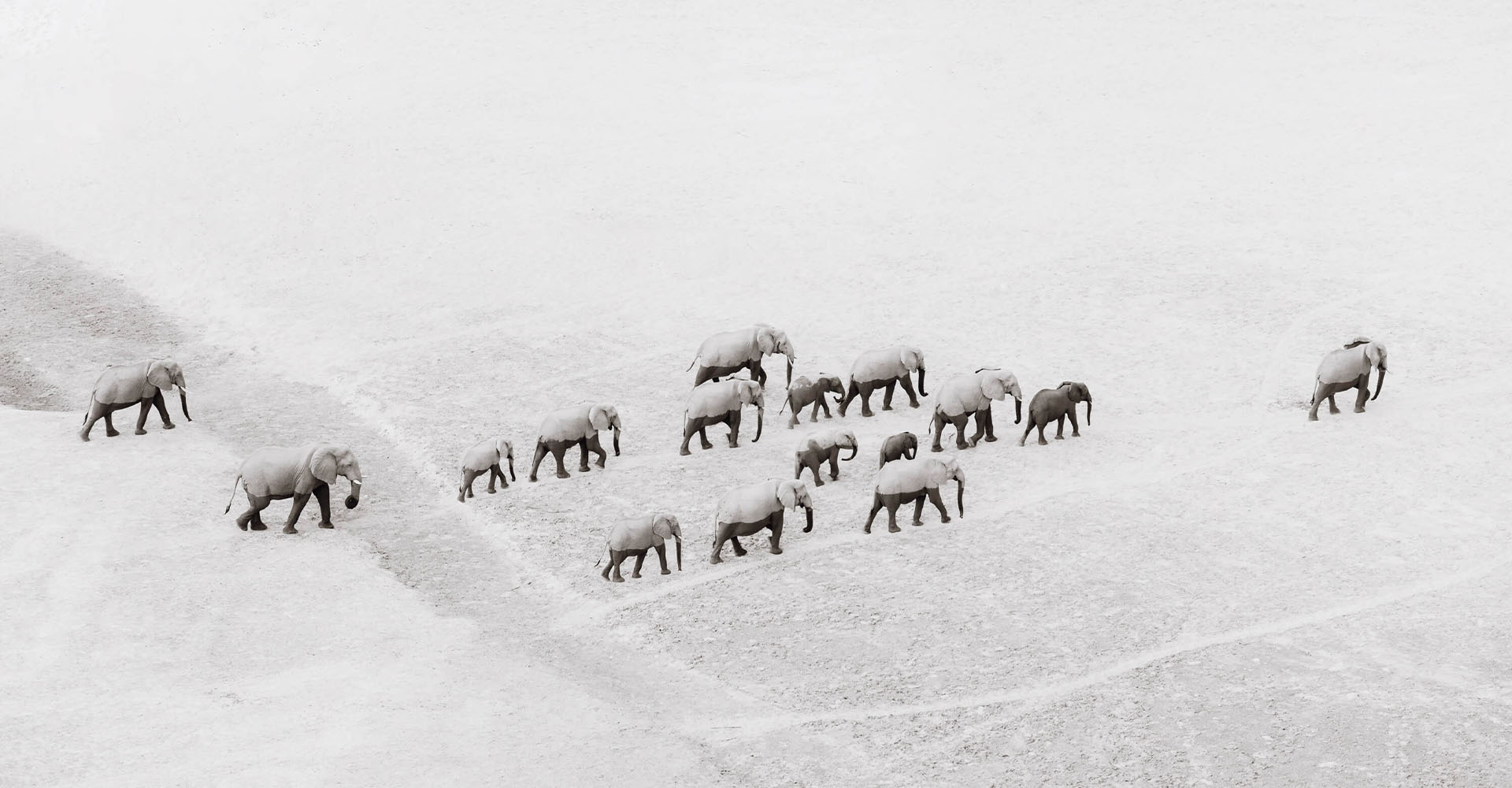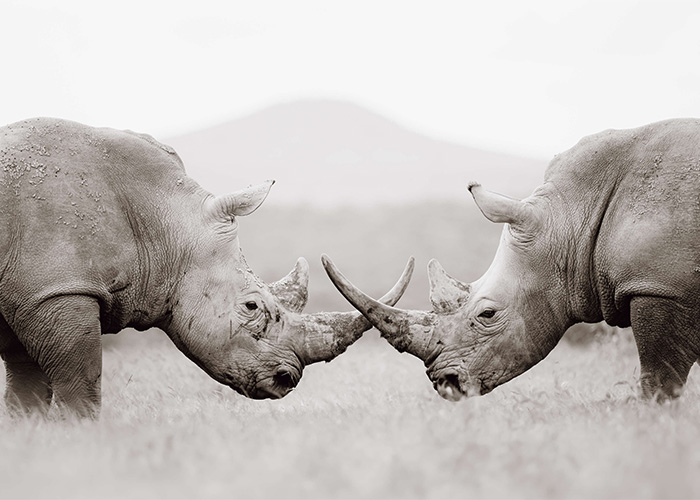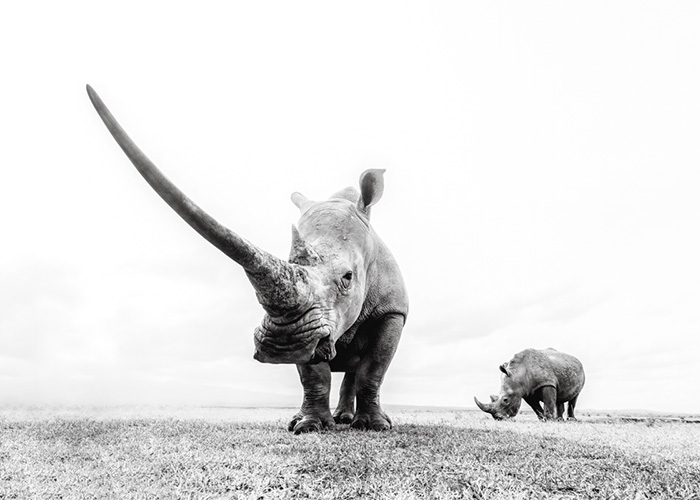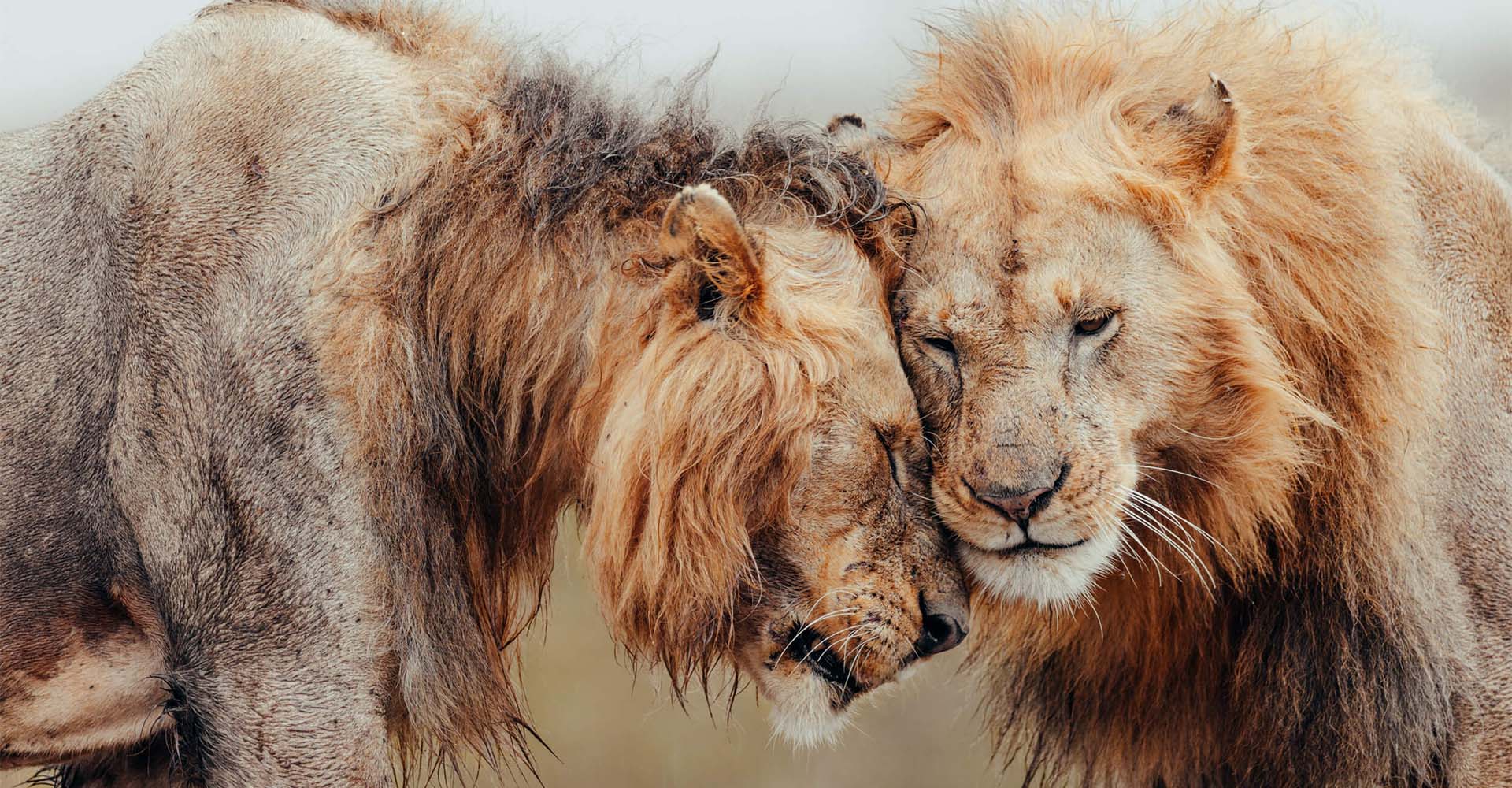PIE AERTS : IN SEARCH OF HOPE
30.11.2022 | Reading time: 12 minutes
Author: Pie Aerts
Hi everyone, my name is Pie which has – contrary to popular belief – nothing to do with apples. Through my viewfinder I’m examining the intricate relationship between humans, animals and the natural world in an attempt to find answers why we seem increasingly disconnected from each other, ourselves and from our natural environment. See it as a visual journey towards the essence of our existence. In doing so, I discovered a profound love for wild places, because they constantly remind me of the true essence of what it means to be human, to be vulnerable, to be present and to be connected.
Being a kid there was nothing I loved more than drawing. While others played video games or rode their bikes, I could lock myself in for hours with pencil and paper. It taught me to use my imagination and create stories within the four edges of a canvas. Now, almost 3 decades later, I’m using that very same spirit in an attempt to create meaningful stories about the last true wild places on earth. With a combination of medium format analogue photography and digital imagery I hope to bring the fragile but powerful narrative of the African wild into homes around the world as a daily reminder that the natural world is worth fighting for.
Patience
During the past 8 years I have spent the majority of my time emerged in nature and I learned that - in a world where we have all the answers at our fingertips - there’s still a few things in life that require patience. Patience to create an understanding of the intricate web of life. Patience to explore the depths of our existence. And patience to understand that every wild animal is a mystery in itself. And then, within that space, you will see that everything is balanced and that every encounter with nature is not an intellectual pursuit, but an affair of the senses, on a visual journey towards the essence of our being.
Because in the end, saving nature, is essentially about saving ourselves.
African Wildlife
When the world came to an abrupt stop due to the outbreak of a global pandemic in March 2020, I decided to exclusively shift my focus to the African continent to document the impact Covid19 was having on wildlife and communities. In the years that followed I witnessed and photographed the disappearance and reoccurrence of tourism in Kenya, Zambia, Botswana and Rwanda. Never before did silence feel so confusing, fearful, and liberating all at the same time. In fact, in the absence of the usual herds of tourists, but with wildlife in full effect, I felt a deeper connection with Africa than ever before. I kept revisiting the same places over and over again and as time progressed, I started to feel part of something bigger, as if space and time didn’t exist. And in that particular space of not knowing what’s ahead of us, ‘Umoja’ was born, a series of images that became my way of dealing with the uncertainty of living in between an old world that was falling apart and a new one that has not emerged yet. This resulted in an ongoing print collection and a book that tells the story about my personal relationship with the landscape and wildlife I encountered. The scheduled release date for the book is late 2023, early 2024. The word ‘Umoja’ is Swahili for ‘oneness’, for ‘unity’, a feeling that plays a central role in all of my work.


When I am documenting wild animals, my most important goal is to make you feel that you are there, in that particular moment, when looking at the image. To feel their size, their beauty and their overwhelming power. That is also why I’m on a constant hunt for the perfect conditions, because when the circumstances are exactly right, it almost allows me to step into another dimension, and that is tangible in the final image. This is especially the case when being in the presence of two of my most favorite subject, elephants and rhinos. They radiate such a rare and electrifying energy. A combination of confidence, grace and humility, as if they exude ownership over the land they walk on, while at the very same time allowing space for every other sentient being to coexist with them. A true symbol of what the natural world means to me.
"A combination of confidence, grace and humility, as if they exude ownership over the land they walk on, while at the very same time allowing space for every other sentient being to coexist with them. A true symbol of what the natural world means to me. "
On top of that, I’m a firm believer that behind every first impression of any wild animal, big or small, there is a sentient being with the very same emotional needs and ability to feel. Over time, I learned that when practising that vulnerability in the field, it can be incredibly rewarding to experience how my own senses become ultra-engaged. How the world goes to silent and how I almost enter another dimension. One in which I feel deeply connected to my subjects, as if I am no longer in control and my only compass is my instinct sharpened through experience. In order to foster that connection, I make sketches in my mind and on paper so I allow myself to dream up certain compositions and light. In addition to that there’s two more concepts that have shaped my work over the past years.
The first one being ‘Paracosm’. A paracosm is a world that is created in one’s childhood but that somehow returns later in life in the same kind of form and shape. That’s how Africa feels to me. I’m going back to that ‘drawing desk’ of my childhood every time I go back to Africa. When I’m there I immerse myself in nature, work with my senses, and I get that very same sensation of being a kid and getting carried away in my own fantasy world. By applying certain post production techniques I am attempting to recreate visuals straight out of my own visionary world.
The second one is ‘Bush Karma’. In a world where all answers are found on Google, it’s a real treat to be ignorant, to trust your senses, to disconnect, to chase something down, to fail, and try again, and again. This requires an unbelievable amount of patience, which unfortunately is not one of my strengths. Therefore, over time, I started to believe in Bush Karma, in Africa also known as Muti or Juju. It means that the energy you sent into a certain situation, is also what you receive in return. In other words, energy reciprocity. And for me Africa, and especially the bush, is all about energy. See it as your ability to earn your luck by radiating and projecting positive vibes. For me this means trusting your intuition and embracing the rhythm of the bush by respecting the natural flow of events.




Prints For Wildlife
Because I firmly believe that art can be an incredibly powerful tool in restoring the lost connections I am examining through my photography, I initiated ‘Prints for Wildlife’ in 2020. An annually returning month-long print fundraiser collecting funds for African parks and communities that are badly hit by Covid19 by selling wildlife art. By bringing together more than 230 wildlife photographers from every corner of the globe, we managed to raise $2.1 million dollars for conservation across 3 annual editions. 100% of the proceeds went to African Parks Network in support of people and wildlife on ground in 22 parks across 12 countries under their management. Thanks to the generous donations of all 230+ photographers and thousands of people around the world purchasing prints, we managed to send stories of hope into people homes around the world.
But none of the images you are seeing here would exist without the vital support of partners like Gitzo. As a wildlife photographer and Gitzo Ambassador, I work in some of the most remote and challenging environments. Working with lightweight, durable and reliable equipment is therefore key to telling meaningful stories. Gitzo's tripods are exactly that, steady as a rock, but light as a feather. I am using their tripods for my still photography work as well as for my video work. When I travel by vehicle, I mostly make use of the Systematic Tripod series 3 + the Fluid gimbal head. This set-up allows me to keep longer heavier lenses stable but at the very same time allow for smooth movement when tracking wildlife on video. When I am exploring on foot, I make use of the Traveler tripod + 3-way head. This lightweight and compact set-up gives me maximum mobility and flexibility to explore the most barren landscapes like thick forest and jungles. The very same Traveler tripod is also my go-to set-up for shooting medium format analogue work. Because I shoot from a tripod 95% of the time, it’s important that my set-up is lightweight and easily foldable, so that I can carry it everywhere I go. The Traveler series does exactly that.
I’m calling myself incredibly fortunate being able to call the outdoors my playground and as a result of that spend such significant time surrounded by the forever mystery that is nature. It quickly became my highest value in life and there is no place where I feel more grounded, grateful and connected.




Pie Aerts
Pie Aerts (@pie_aerts) is a Dutch documentary and wildlife photographer with a sincere interest in human/wildlife conflict stories. Through his lens, he examines the intricate relationship between animals, humans and nature. As we become increasingly distant from each other and ourselves, Pie uses photography to search for the cause of this disconnection.

























